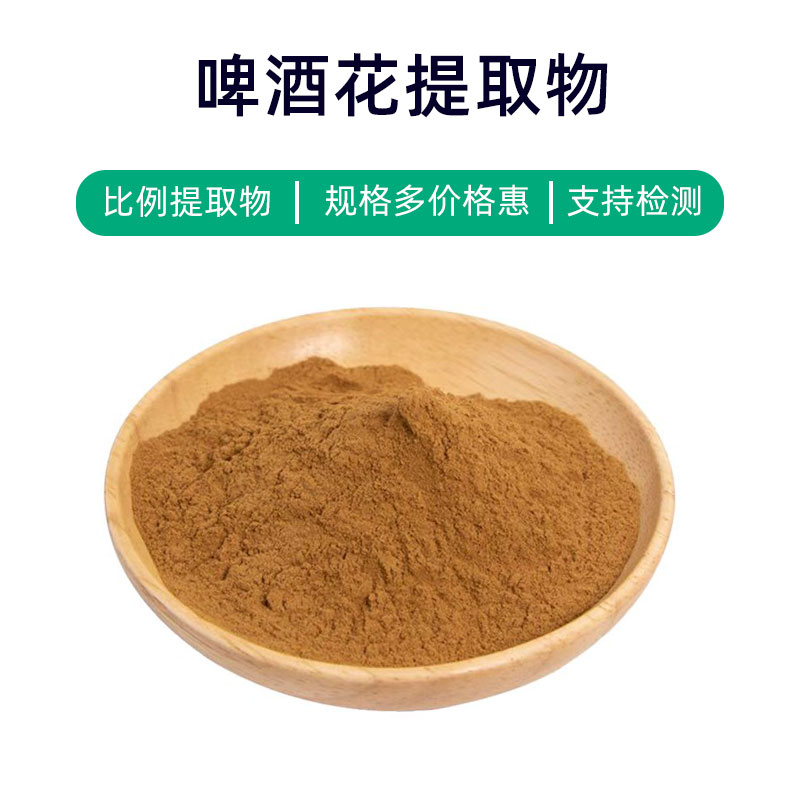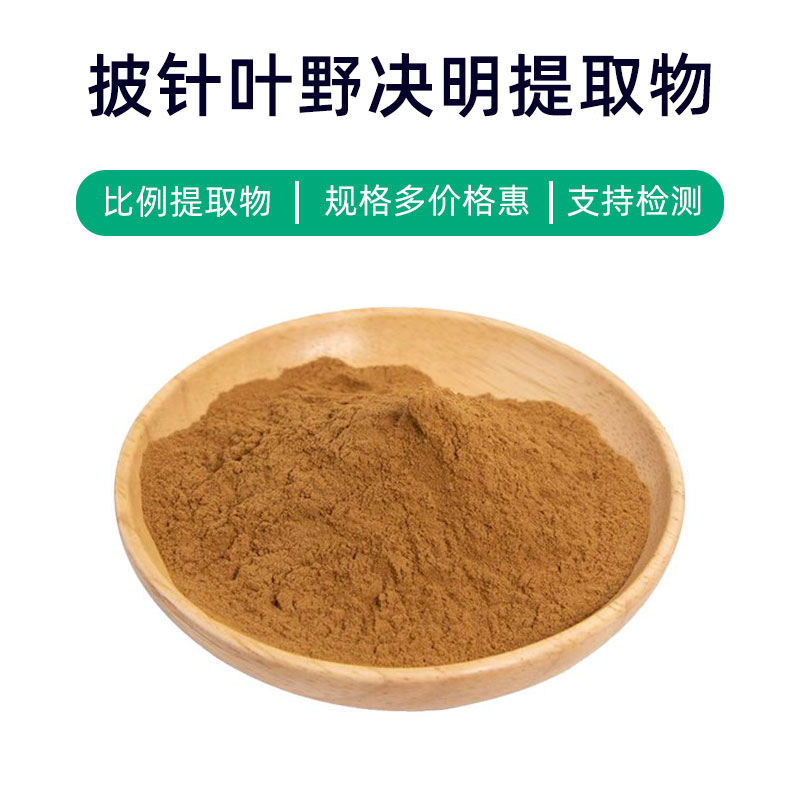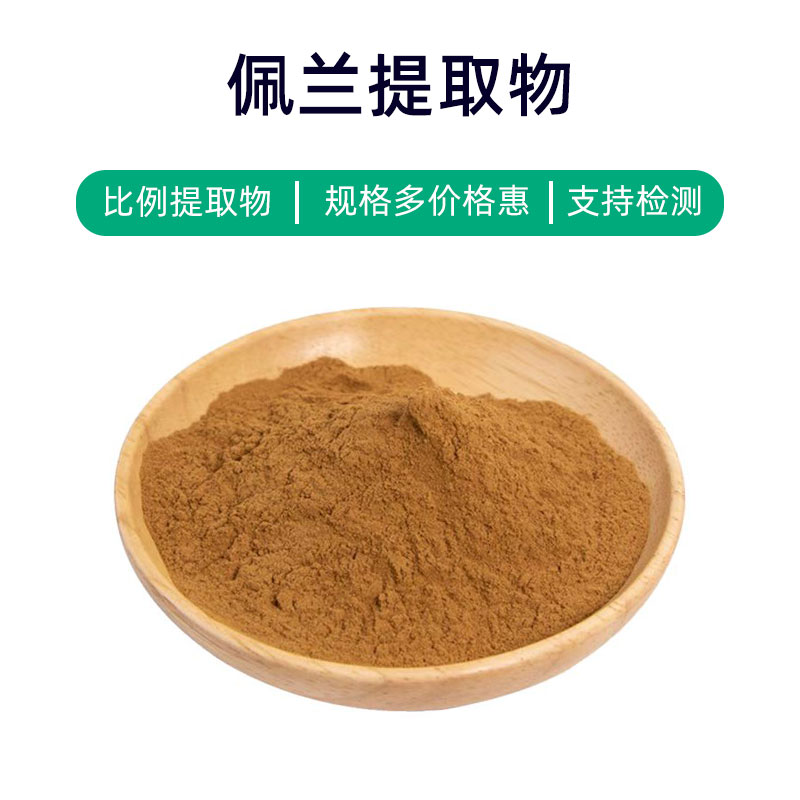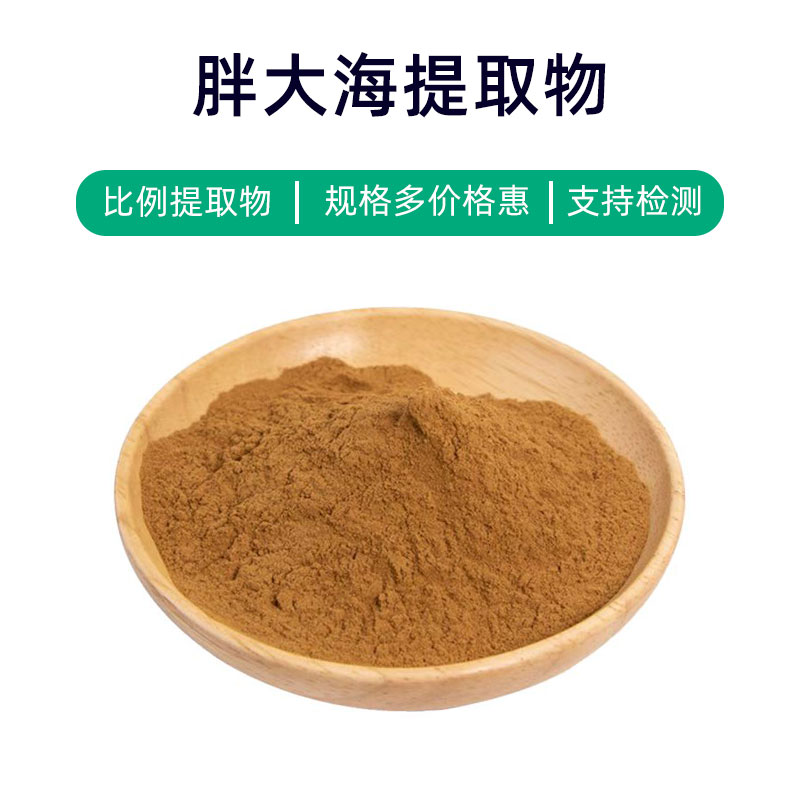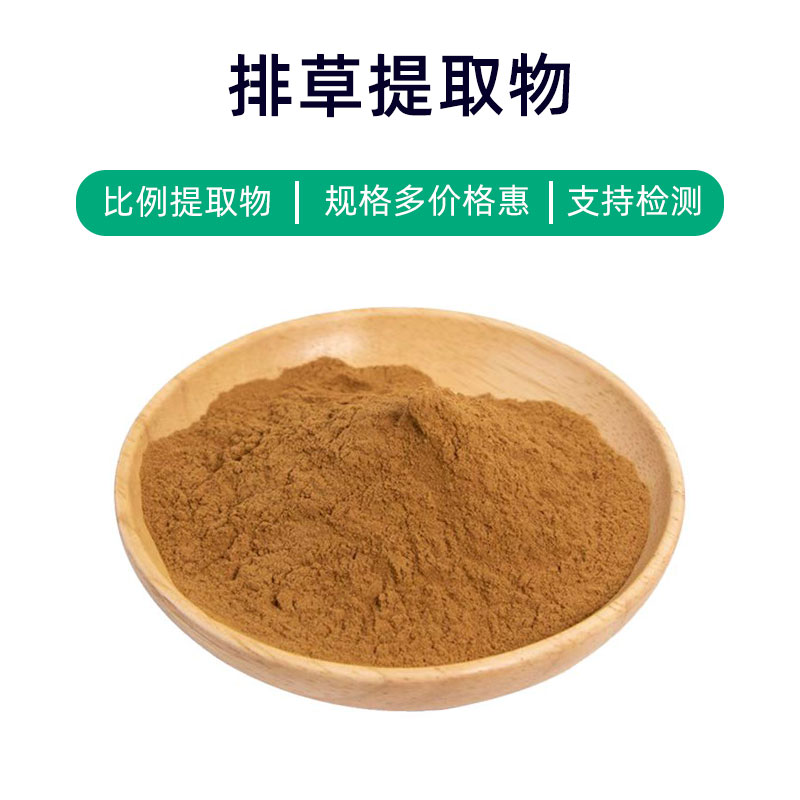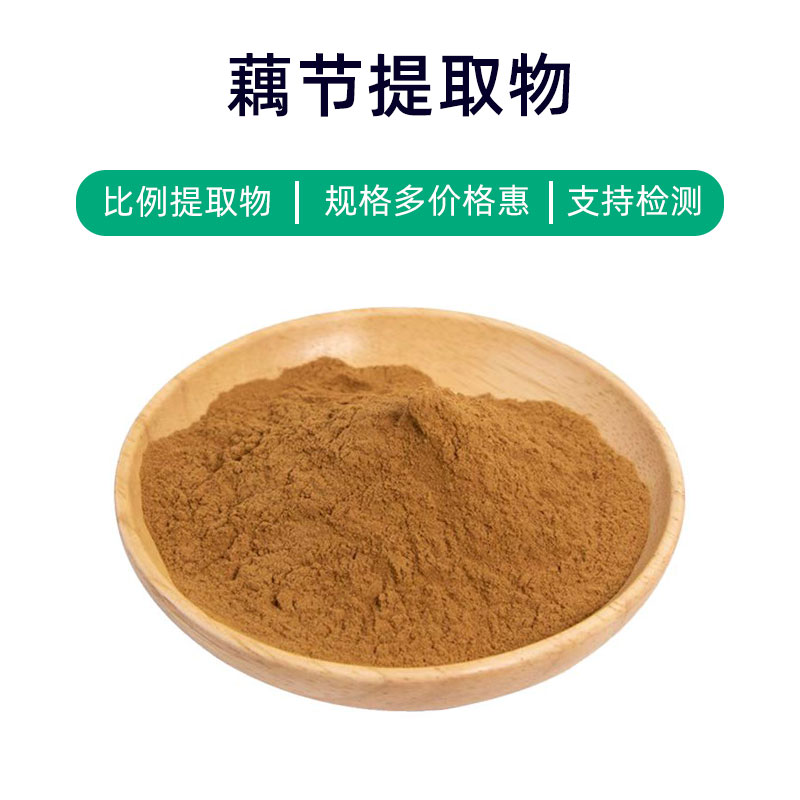Radish Seed Extract Product Introduction
Radish seed extract is a natural plant extract derived from the seeds of radish. The main components include sulfides, glycosides, and vitamin C. Radish seed extract is recognized for its outstanding antioxidant, anti-inflammatory, and skin-whitening properties, making it widely used in pharmaceuticals, dietary supplements, and cosmetic formulations. In medicine, it is employed in the preparation of antioxidants and anti-inflammatory drugs, aiding in reducing inflammation and enhancing skin health. As a dietary supplement, radish seed extract is often used to boost immune function and resistance. It is also widely utilized in cosmetics as a natural whitening ingredient, helping to lighten spots and even skin tone for smoother, finer skin.
Radish Seed Extract Production Process
The production process of radish seed extract typically involves the following steps:
- Raw Material Preparation: Fresh or dried radish seeds are chosen to ensure quality standards.
- Grinding and Crushing: Radish seeds are cleaned and ground into powder form to enhance extraction efficiency.
- Extraction Process: Appropriate solvents (such as ethanol, water, or ethyl acetate) are used to soak or reflux extract the key components from the radish seed powder.
- Filtration and Separation: The extract liquid is filtered to remove solid impurities, resulting in a solution containing radish seed extract.
- Concentration and Solvent Removal: Heat or vacuum concentration methods are employed to eliminate the solvents used in extraction, yielding a concentrated extract.
- Refinement and Purification: Further refinement and purification processes are performed on the concentrated extract to remove impurities and enhance product purity and quality.
- Drying Finished Product: The refined solution of radish seed extract is dried to remove residual moisture, resulting in a solid extract.
- Packaging and Storage: The dried radish seed extract is packaged, typically in sealed containers, to protect against moisture and light, stored in a cool, dry environment to ensure product quality and stability.
This outlines the general production process for radish seed extract; specific methods can vary based on the technology and equipment of different manufacturers.
Radish Seed Extract Effects and Side Effects
Radish seed extract, a plant-derived extract, is extensively used in traditional and modern medicine, health supplements, and beauty products. Its primary effects and benefits include:
- Antioxidant Effects: Rich in antioxidants like vitamin C, vitamin E, and phenolic compounds, radish seed extract helps eliminate free radicals in the body, protecting cells from oxidative damage and slowing down aging.
- Anti-Inflammatory Effects: Research indicates that active components in radish seed extract possess anti-inflammatory properties, helping to alleviate symptoms of inflammatory diseases such as arthritis and dermatitis.
- Lipid-Lowering Effects: Some compounds in radish seed extract are found to reduce cholesterol and triglycerides, aiding in the prevention and treatment of hyperlipidemia.
- Blood Sugar Regulation: Certain studies suggest that radish seed extract can help regulate blood sugar levels, providing some auxiliary treatment for diabetes patients.
- Immune Boosting: Radish seed extract is rich in bioactive compounds that can enhance the body's immune system, helping fend off viral and bacterial infections.
- Anti-Cancer Effects: Some studies indicate that certain components in radish seed extract exhibit anti-tumor activity, potentially inhibiting the proliferation and metastasis of cancer cells.
- Beauty and Health: Radish seed extract offers moisturizing and anti-aging benefits for the skin, commonly used in beauty products to improve dryness and fine lines.
- Digestive Regulation: Radish seed extract is believed to help regulate gastrointestinal function, alleviating issues like indigestion and gastric pain.
Despite its numerous benefits, attention should be paid to individual variations and potential allergic reactions during usage. Long-term high-dose usage could lead to side effects, such as digestive discomfort; therefore, it's advisable to consult a healthcare professional before use.
Radish Seed Extract Application Scenarios and Dosage
Radish seed extract has widespread applications in pharmaceuticals, food, and cosmetics. Below are its applications and dosage recommendations in each sector:
- Medical Applications:
- Antioxidant Treatment: Rich in antioxidants, radish seed extract can be used for diseases associated with oxidative stress such as cardiovascular disease and diabetes. Typically taken orally at doses of 100-200 mg per day, adjustable based on individual needs.
- Anti-Inflammatory Treatment: Due to its anti-inflammatory properties, radish seed extract is beneficial for treating arthritis and dermatitis. Common applications include topical formulations like creams or lotions applied to affected areas 2-3 times daily.
- Food Applications:
- Nutritional Supplements: Radish seed extract is often used in nutritional supplements, available in forms such as oral liquids and capsules to enhance immunity, manage lipid levels, and lower blood sugar. It is generally recommended to follow the dosage instructions on the product label.
- Functional Food Additives: Radish seed extract can serve as a functional food additive in beverages, juices, and yogurts, enhancing the nutritional value and functionality of the products.
- Cosmetic Applications:
- Skincare Products: With its antioxidant, anti-inflammatory, and moisturizing properties, radish seed extract is commonly found in skincare products, like creams, lotions, and masks, assisting in delaying skin aging and improving texture. It’s advised to use according to the product instructions.
- Hair Care Products: Radish seed extract is also prevalent in hair care products such as shampoos and conditioners, improving hair texture and promoting healthy roots. Usage typically follows product instructions for application 2-3 times a week.
When using radish seed extract, it’s important to adhere to the recommended dosages on product labels and be mindful of individual differences and possible allergic reactions. Treatments for specific health conditions should be guided by a healthcare provider to avoid adverse effects.
Overview of the Plant Source, Distribution, and Growth Environment of Radish Seed
Radish seeds, scientifically known as Raphanus sativus L. var. raphanistroides Makino, are annual herbaceous plants of the cruciferous family, closely related to radishes (Raphanus sativus). Below is an introduction to the plant source, distribution, and growth environment of radish seeds.
Plant Source:
Radish seeds are a common wild or cultivated annual herb, classified as a vegetable crop. They bear a swollen root resembling a radish, although usually smaller and irregular in shape. The young leaves and shoots of radish seeds are also edible, offering nutritional and medicinal value.
Distribution:
Radish seeds are native to Asia, predominantly found in regions such as China, Japan, and Korea. In China, they are widely distributed across Northeast, North, Central, and Southwest China, often found in mountainous areas, hills, and field edges. Their strong cold resistance makes them suitable for cultivation in colder climates.
Growth Environment:
- Climate Requirements: Radish seeds have strong adaptability, thriving in cool, moist climates and are not demanding in terms of temperature, although they do not tolerate high heat and drought well. The optimal growth temperature ranges between 15°C-25°C.
- Soil Requirements: Prefer fertile, well-draining sandy loam soils with a pH between 6.0-7.0. They are not very demanding in terms of soil, but highly acidic or alkaline soils should be avoided.
- Light Requirements: Thrive in sunny environments with a high light requirement; insufficient light can impact growth and root development.
- Moisture Requirements: Adequate moisture is necessary during growth, but care must be taken to avoid waterlogging, which may lead to root rot.
- Growth Habit: Radish seeds have a short growth cycle, growing quickly from sowing to harvest generally within 30-40 days, making them suitable for early spring or fall short-term crop planting.
Overall, radish seeds exhibit strong adaptability and can grow in various climate and soil conditions; however, proper management during cultivation is essential to boost yield and quality.
Processing and Storage of Radish Seed Extract
The processing and storage of radish seed extract are crucial steps in ensuring product quality and shelf life. The typical processing steps include:
- Cleaning and Handling: Freshly harvested radish seeds are washed to remove dirt and impurities, followed by processing methods like slicing or grinding into powder.
- Extraction: Appropriate solvents (such as water or ethanol) are utilized for extraction through methods like soaking, heating extraction, or supercritical fluid extraction.
- Concentration: The extraction liquid is concentrated to remove excess solvents, yielding a concentrated radish seed extract.
- Filtration and Purification: The concentrated liquid undergoes filtration and purification to remove impurities, enhancing the extract's purity.
- Drying: The extract solution is dried to obtain powdered radish seed extract.
In terms of storage, radish seed extract should be kept in a cool, dry, well-ventilated area, away from direct sunlight and high temperatures to prevent oxidation and degradation. It is vital to guard against moisture and contamination, typically stored in sealed containers. Regular checks of the extract's quality and appearance are advised to ensure safety and stability.
Monica Sun is a seasoned expert in the plant extraction industry with over a decade of experience in research and production. She specializes in the extraction and purification of plant active ingredients, focusing on driving innovation in natural product applications. Monica has participated in the development of multiple functional plant extracts, delivering high-value natural raw material solutions for the health food, pharmaceutical, and dietary supplement sectors.









